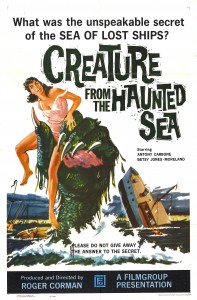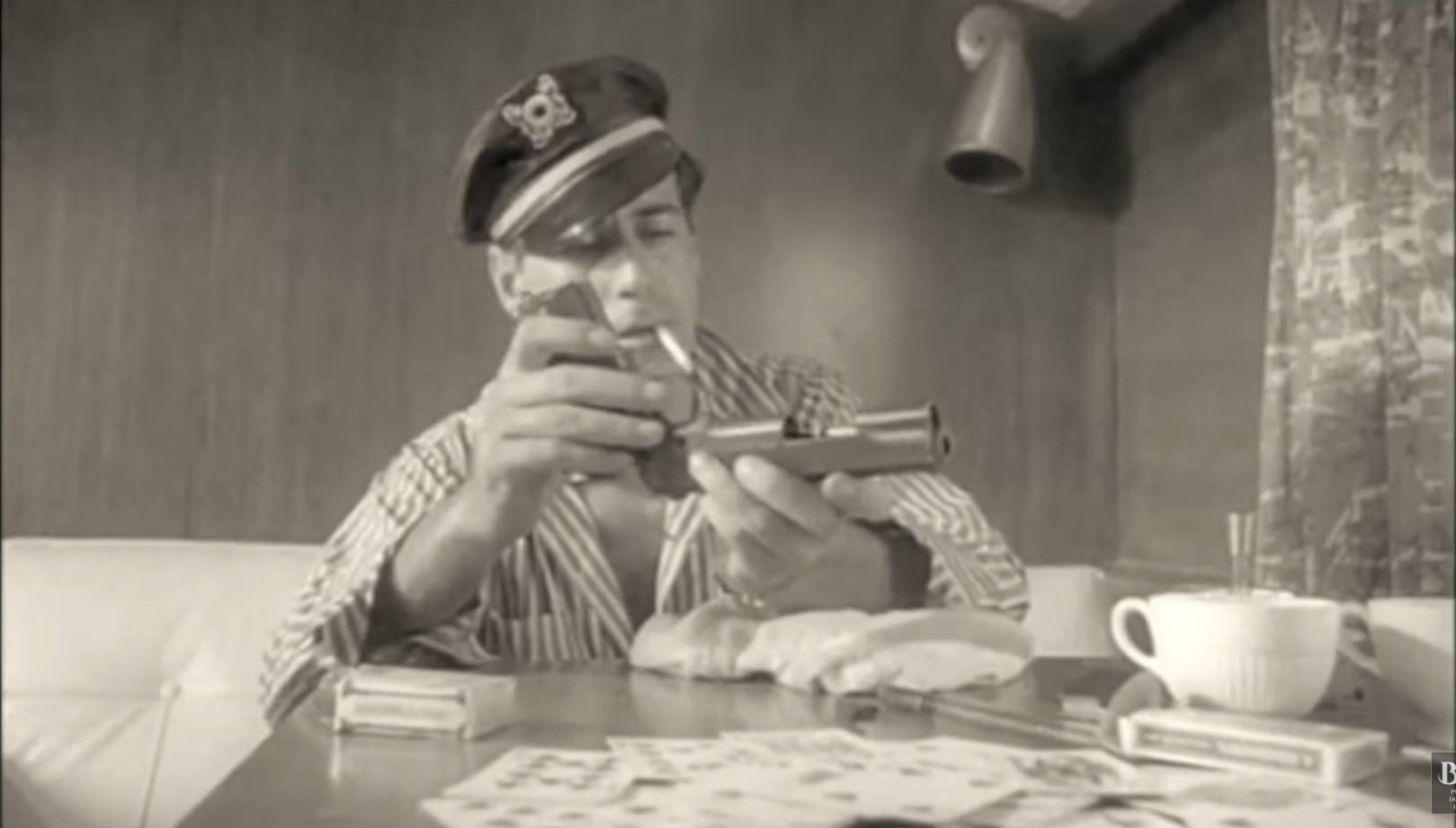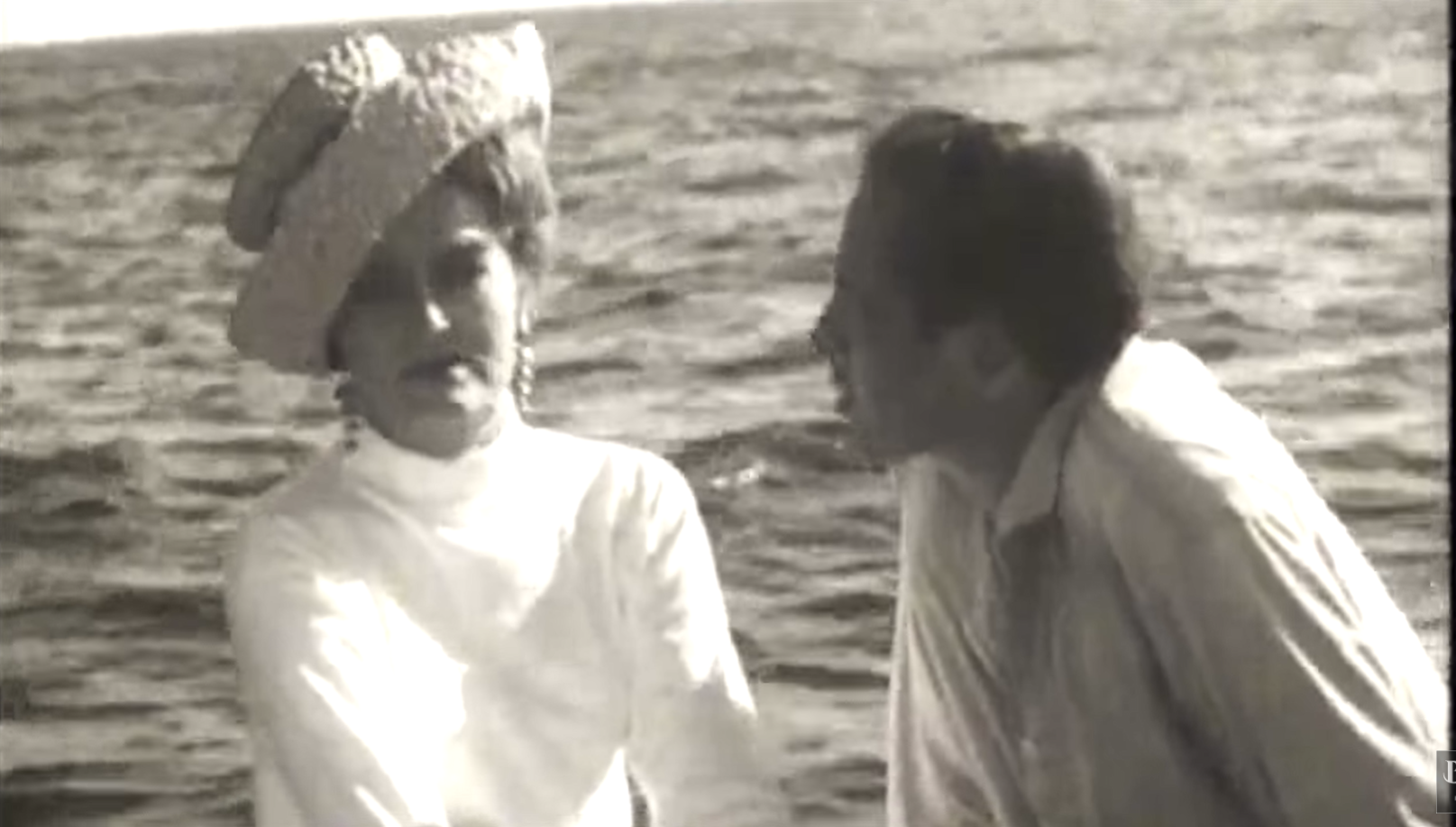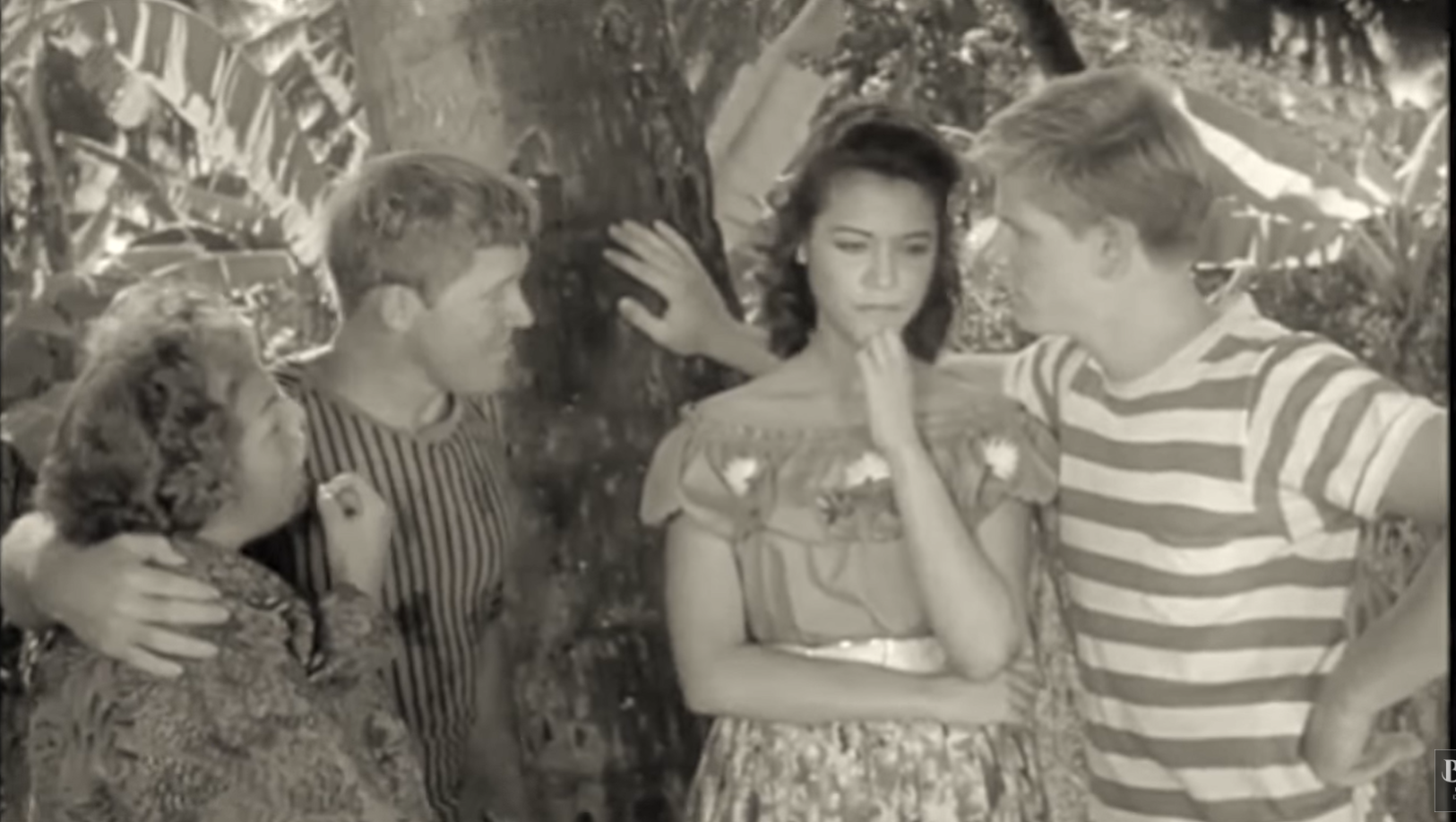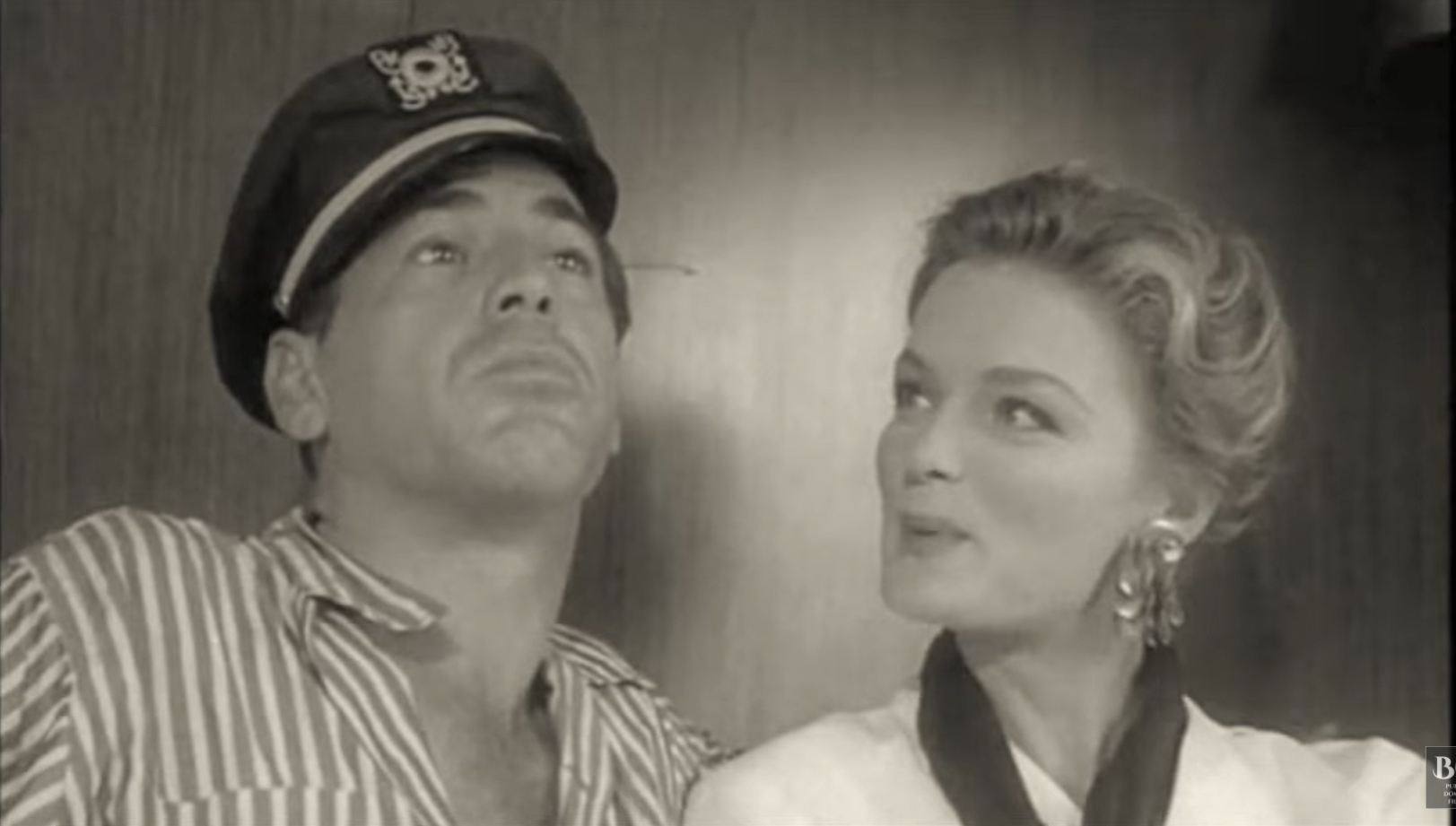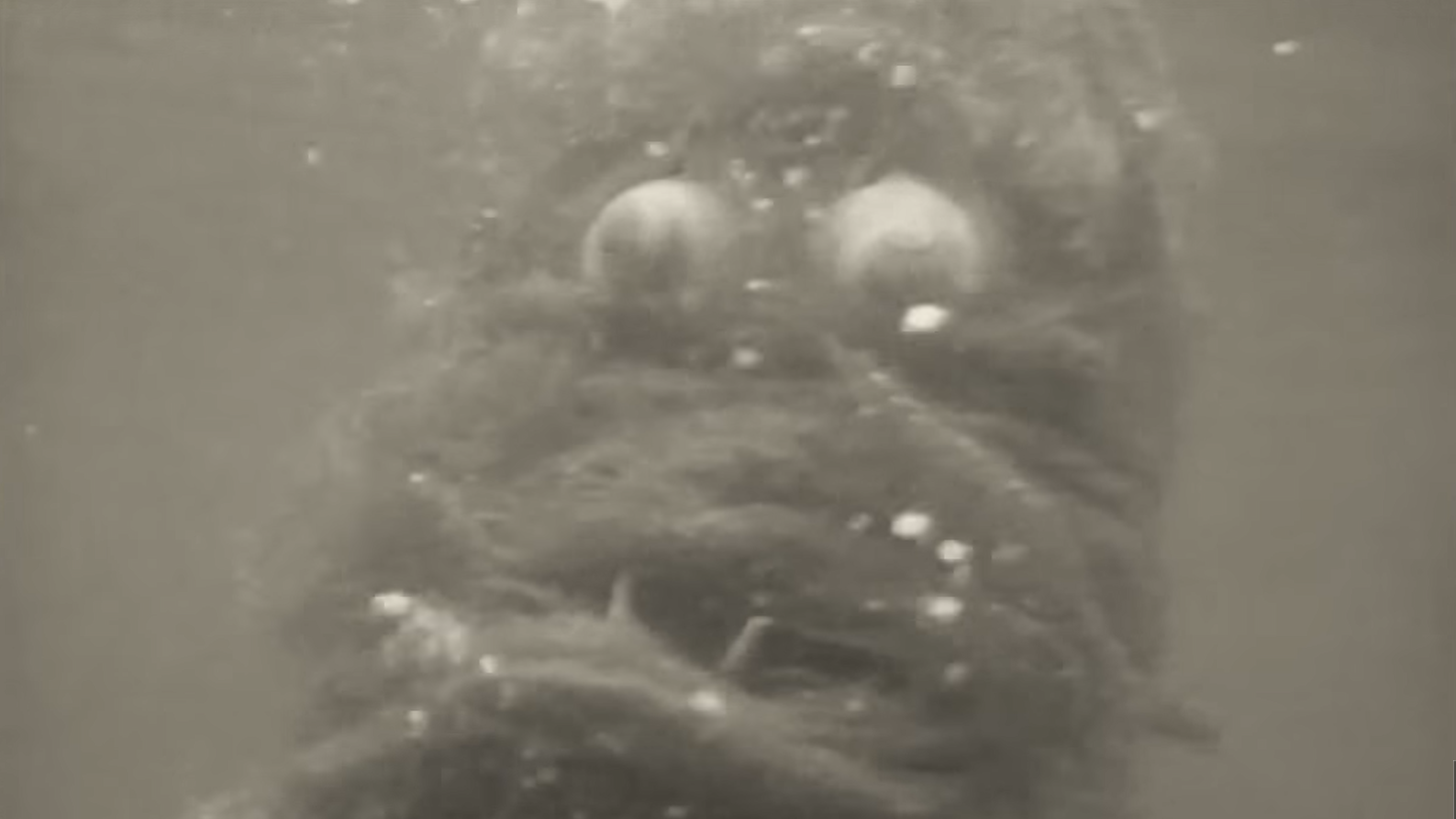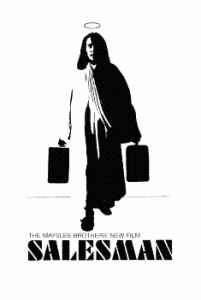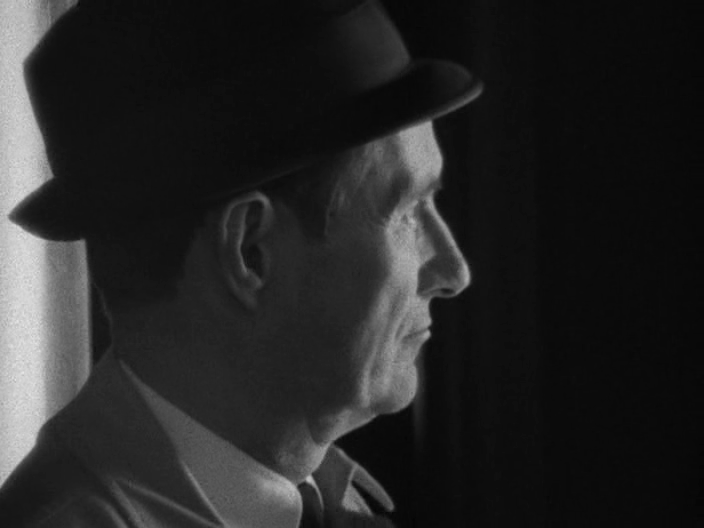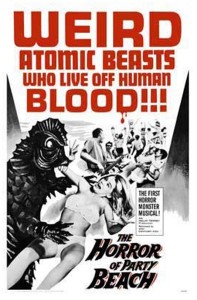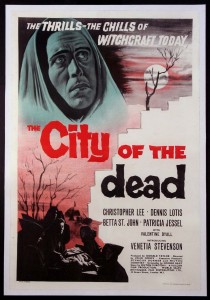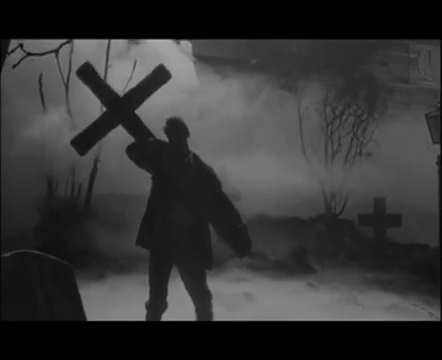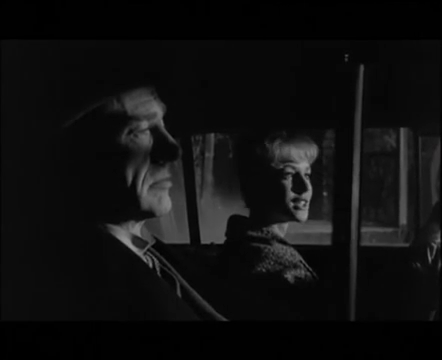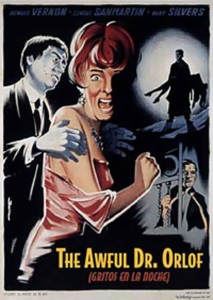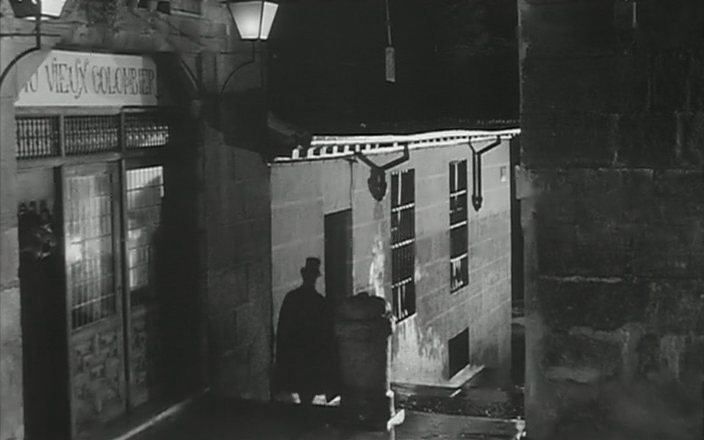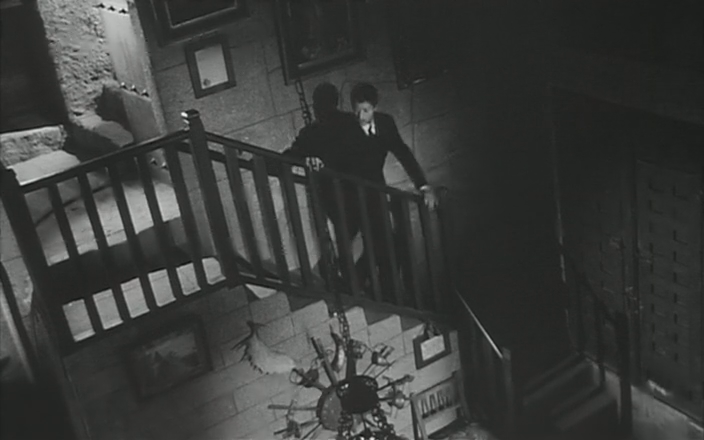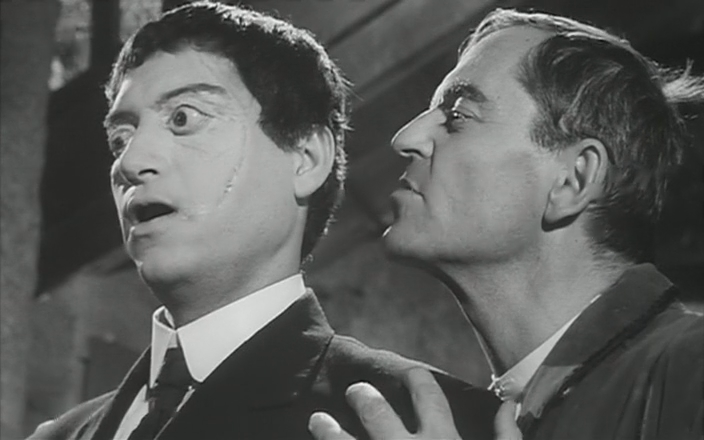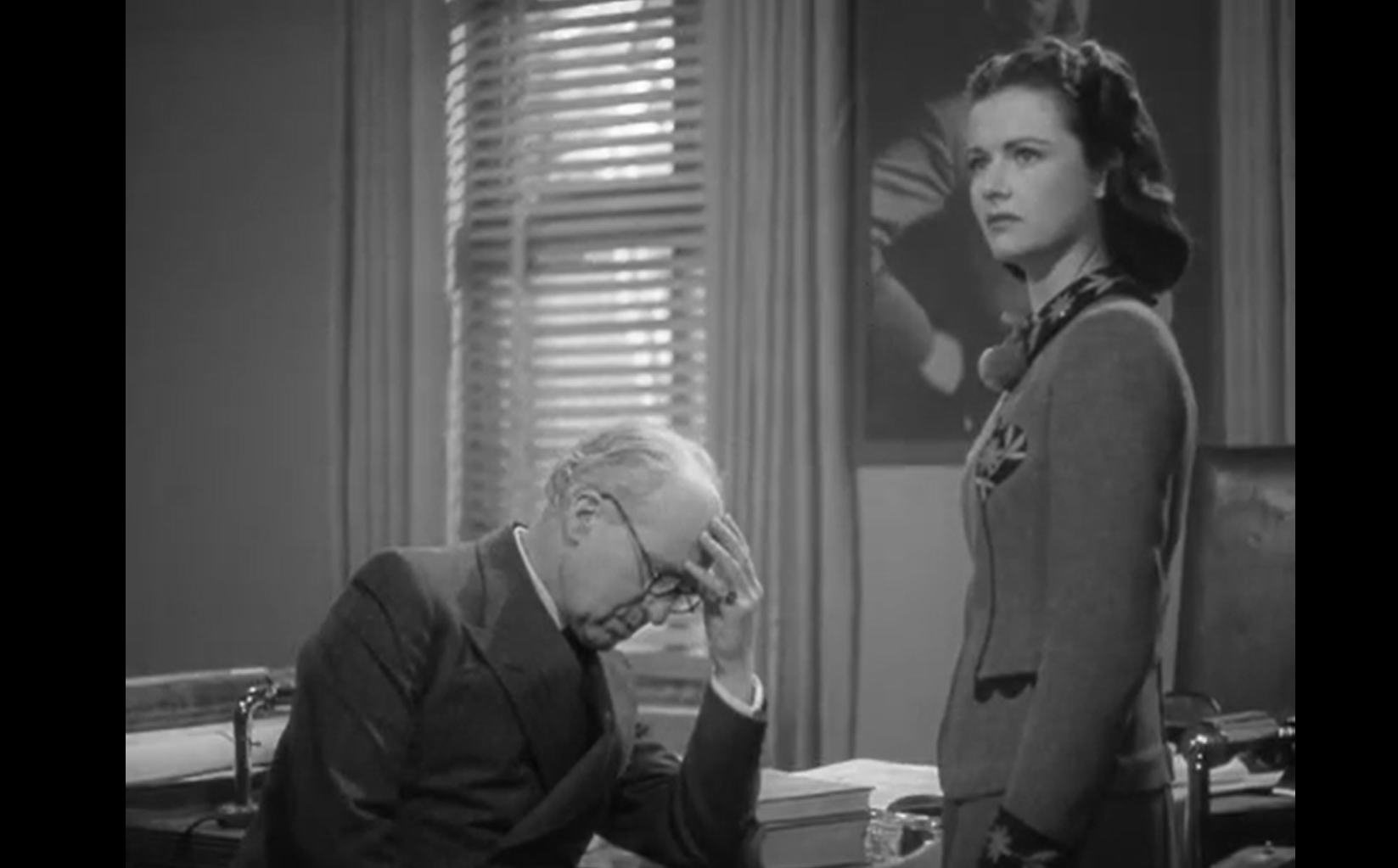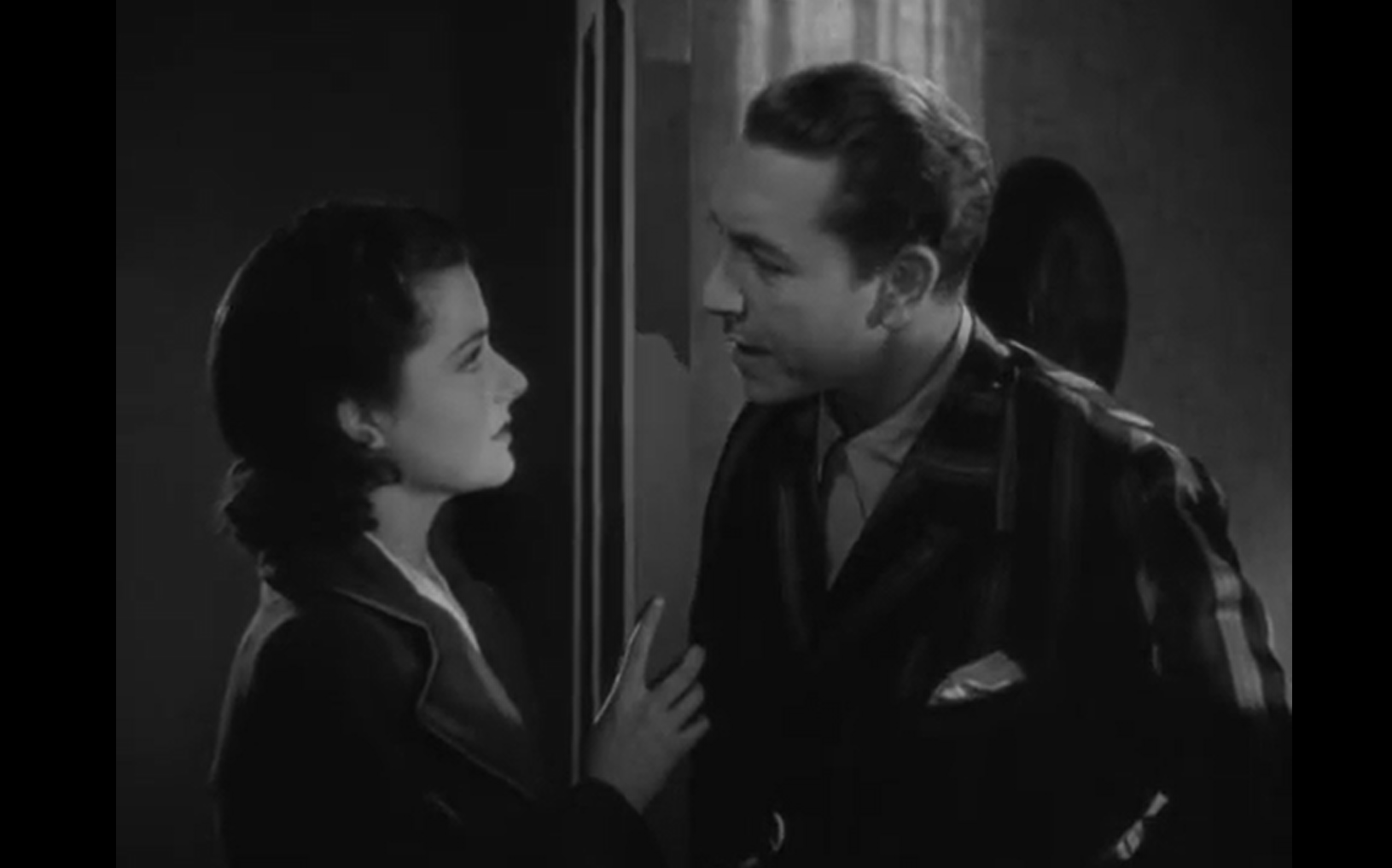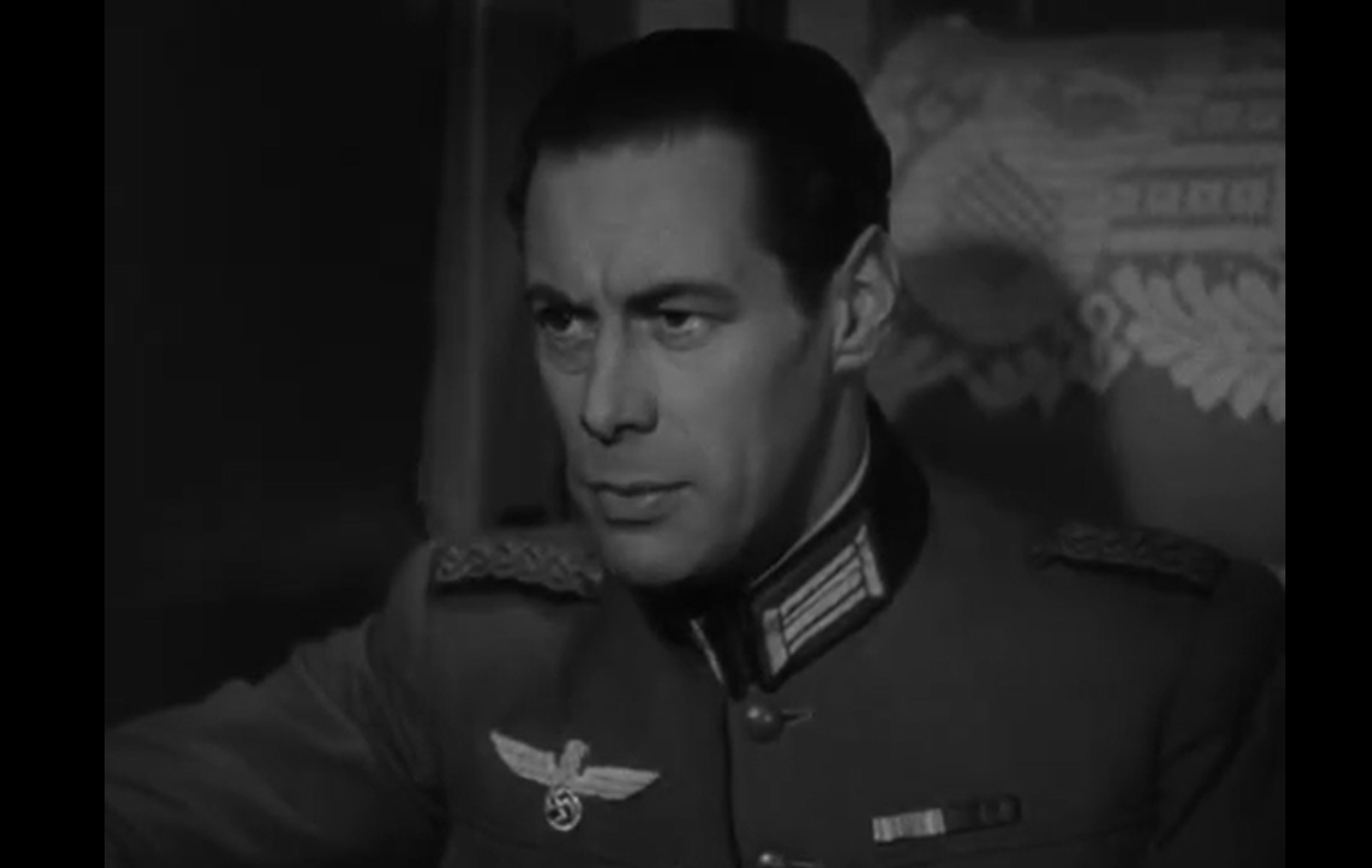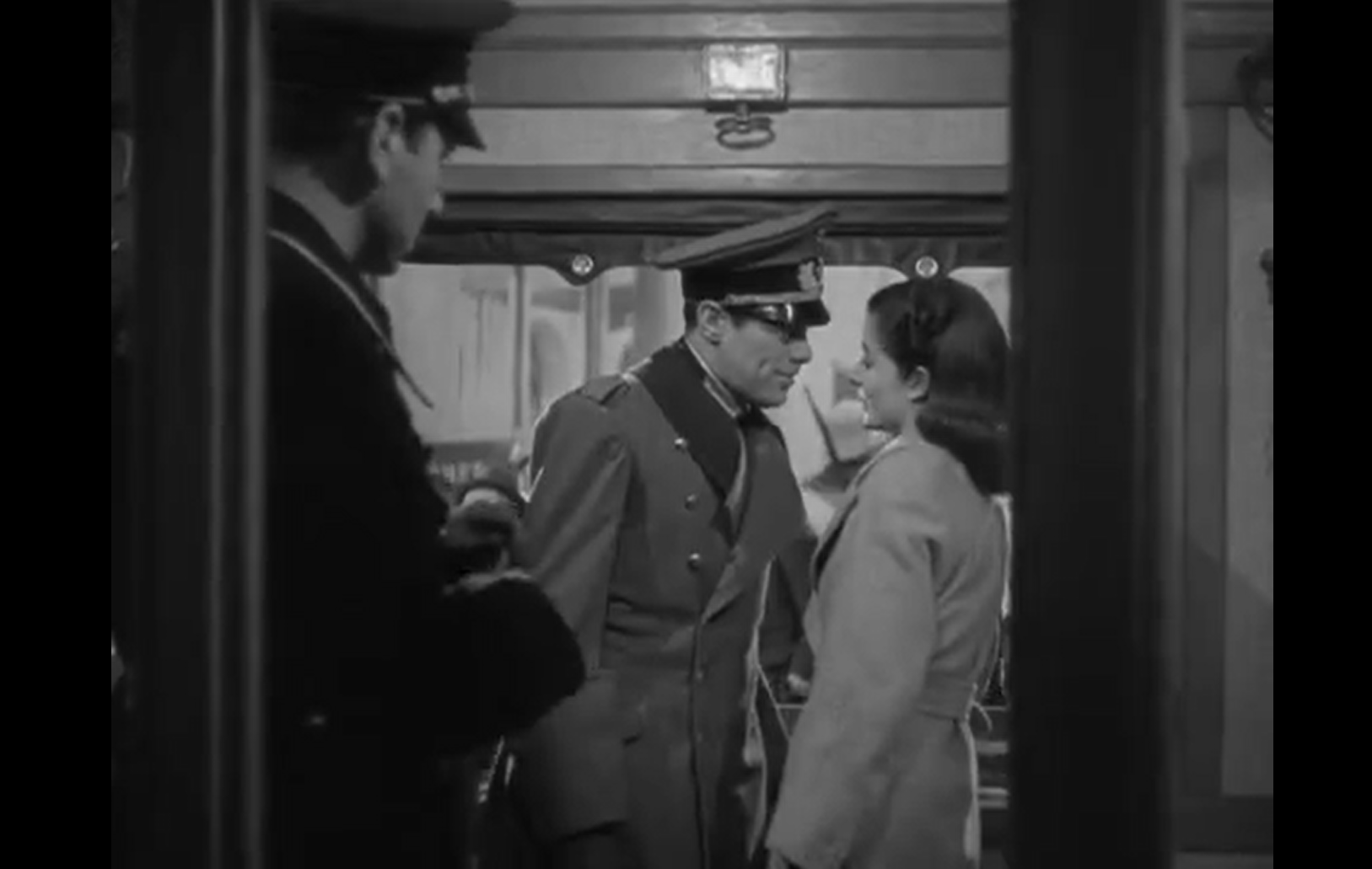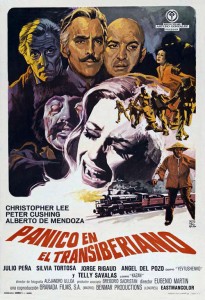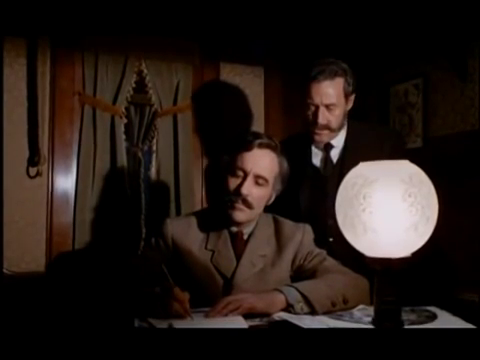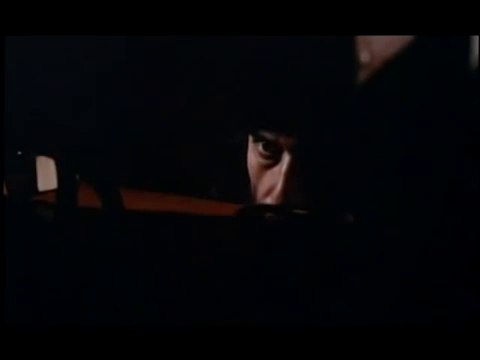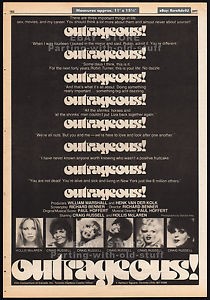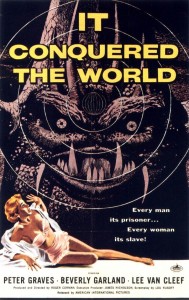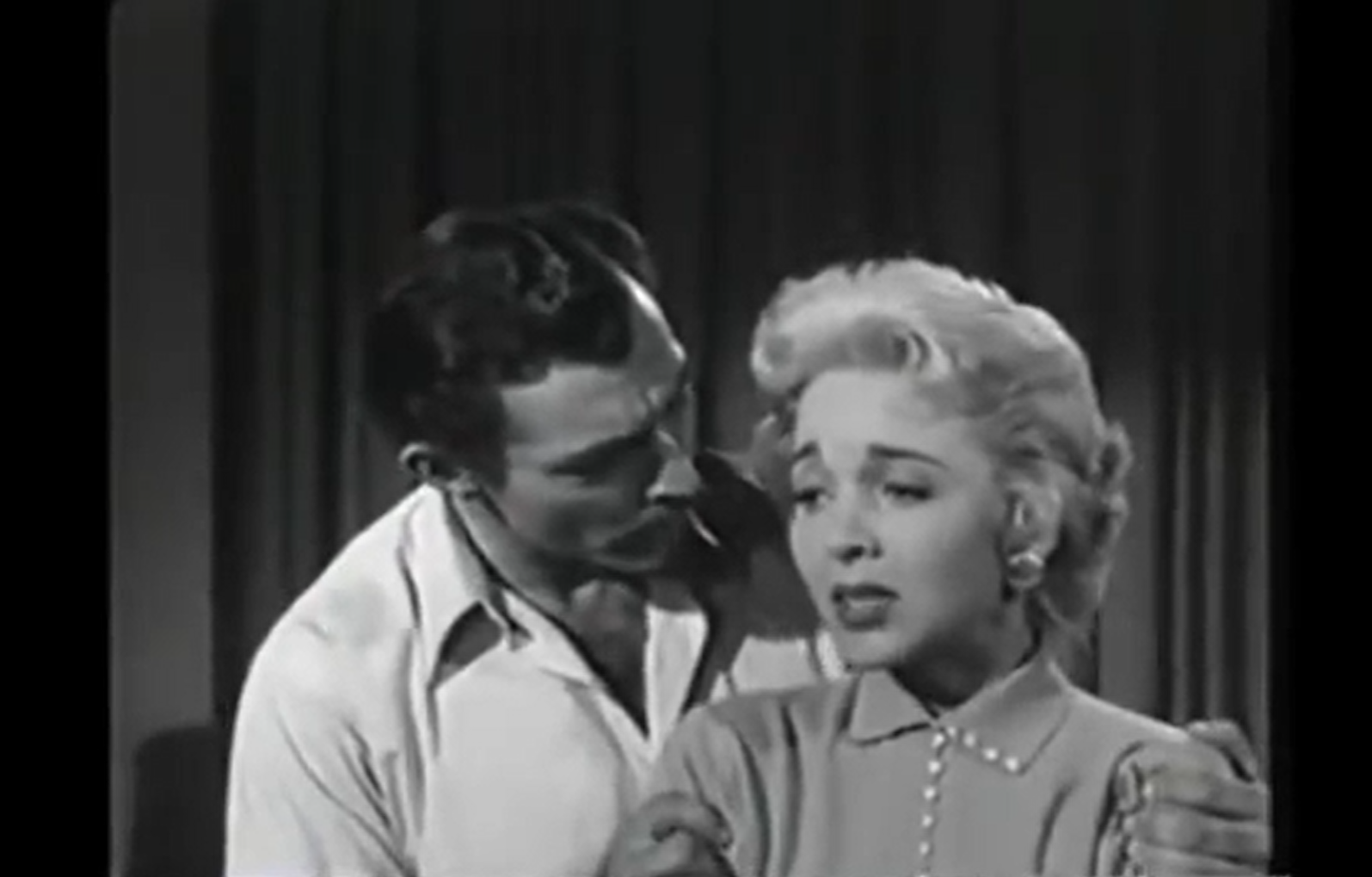|
Genres, Themes, Actors, and Directors:
- Aspiring Stars
- Friendship
- Gender Bending
- Homosexuality
- Mental Illness
- Misfits
- Pregnancy
Response to Peary’s Review:
Peary writes that perhaps the popularity of this “funny, touching film” — based on a short story by Margaret Gibson — is “due to the fact that both [main characters] succeed in achieving their modest goals”. He notes that “at times it’s a sloppy film, poorly lit and edited in a manner that causes you to lose all track of time; but the characters are so likable and believably played” and “the direction and script… are so spirited and tender that you are willing to forgive it for not being as polished as a Hollywood production”. He lauds the film’s emphasis on eschewing conformity, and notes that the “picture shows that those who struggle to retain their ‘healthy brand of craziness’ in our dehumanized world can have a lot of fun”.
Peary specifically calls out Craig Russell’s “award-winning performance as Robin Turner, a character with great range” who is “kind-hearted, angry, witty, philosophical, moody, vulnerable to criticism, strong when he has to be, even heroic, extremely sarcastic, and harmlessly bitchy” — not to mention “dazzling” when he “does impersonations of Streisand, Channing, Garland, Bankhead, Davis, West, etc.” Indeed, the film is chock-a-block full of truly entertaining footage showing Russell doing what he does so well: we can easily understand why he expresses disdain and dismay early in the film when watching an amateur performer on stage, giving a bad name to his craft. Writer/director Richard Benner’s script heads in unusual directions, keeping us on our toes about what will happen next, and occasionally surprising us — but Russell’s friendship with McLaren trumps all, and provides the film with heartwarming continuity.
Note: This film is profiled at length in Peary’s original Cult Movies book.
Redeeming Qualities and Moments:
- Craig Russell as Robin Turner (nominated by Peary as one of the Best Actors of the Year in his Alternate Oscars)


- Hollis McLaren as Liza Connors
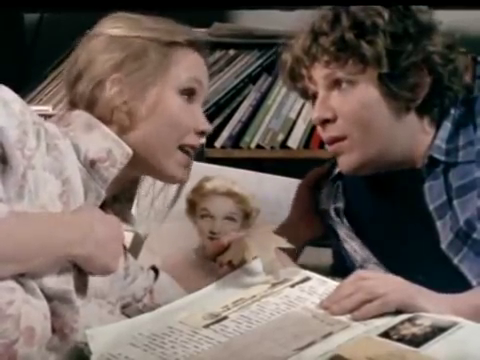
- A refreshingly humane and compassionate view of mental illness: “You and me are here to love and look after each other.”
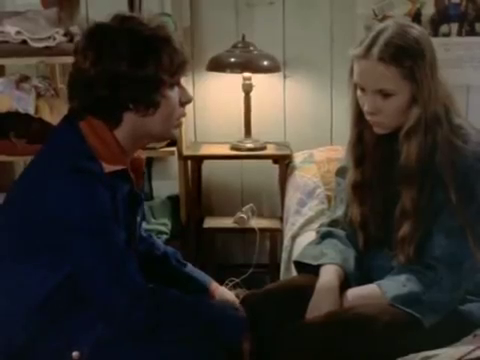
- An authentically feel-good script: “I’ve never known anyone worth knowing who wasn’t a positive fruitcake.”
Must See?
Yes, as an enjoyable cult favorite.
Categories
Links:
|




